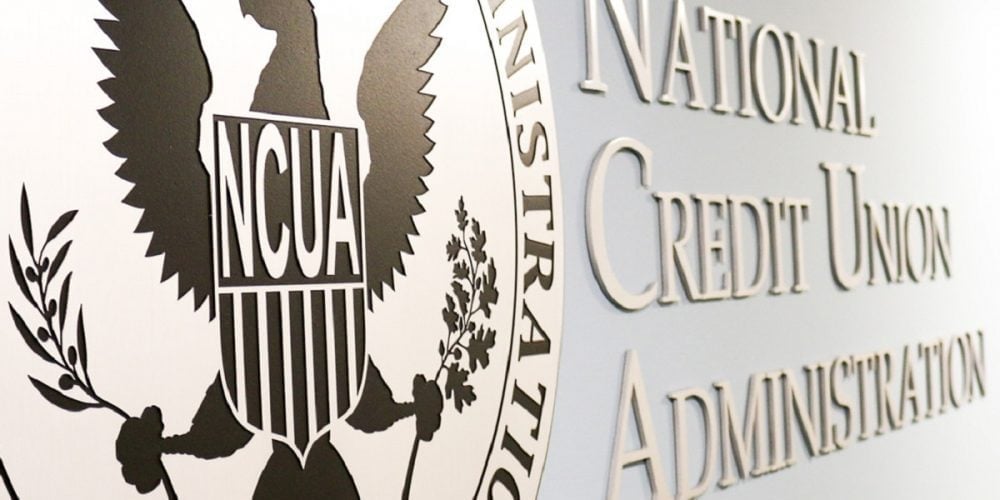The World Council of Credit Unions, comprised of more than 208 million credit union members worldwide, has employed its international institutions to add 50 million new, younger members by 2020. To achieve this seemingly lofty goal of increasing diversified membership, the biggest market for credit unions to tap into, ringing in at a population of 2.5 billion, are - millennials. Ah, the millennials.
You’ve seen the commercials—insert college student, newly married couple, or entrepreneur of a small startup company, hesitant to take the advice of their informed friend or family member and make the simple step to reveal the truth of their financial identity—their credit score. Is ignorance truly bliss to millennials? Or, is knowledge the first step to goal setting and achievement?
The reality is: one-third of millennials cannot be scored by a credit bureau due to their lack of credit history, and of the ‘scoreable’ group, two-thirds of consumers under 30 have subprime or non-prime credit scores, according to CUInsight. As young adults graduate from college—exchanging their load of textbooks for the burden of student loans—and begin to plan for their future of starting a family or purchasing a home, they are looking to establish credit. Who can they look to? How can credit unions serve this broad and ambiguous yet ambitious generation? If one of your goals in 2019 is to increase your membership, particularly among the millennial age group, consider implementing these 4 tactics:
- Meet them where they are. Everyone who knows (or is) a millennial, is aware that this group can be found with a mobile device in-hand. Credit unions should embrace technology and the level of convenience it provides for this mobile group of potential long term members. Seamless integration and a mobile, omnichannel banking experience are standard expectations for millennials, and essentially all age groups as we’ve progressed into a more technologically driven and agile marketplace. If your credit union is willing to invest in user-friendly, secure, automated platforms optimized for mobile and is receptive to feedback to better and more conveniently serve your members, your investment will not return void.
- Educate them. Most millennials are already in the mindset and environment to learn and absorb information. With the right tools and approach, they are teachable and have the ability to understand the basic concepts of financial literacy. As a nation, we struggle with financial literacy. In fact, 55% of U.S. households reported that they break even or spend more than they make each month, according to a Pew Charitable Trusts poll. Serving up evergreen and timely financial tips through their preferred channels (i.e. social media, website, text, email) can help keep millennial members engaged, informed, and loyal to your credit union. Millennials gravitate toward brands and companies that are authentic, so bring your credit union’s authentic message of financial health to them and they will reward you for it!
- Provide products and services they need. Think: ‘If I were a millennial, what would give me peace of mind in my daily life?’ Protection from stolen or lost valuables, security while traveling, protection after getting into an accident, or access to loans for a new business venture, car or emergency are the type of value-added products that go beyond shared accounts and loans. Products that bring value, trust, and peace of mind to this on-the-go member can help your credit union stand out from the plethora of financial service providers in the industry, while driving revenue and fee income.
- Be their financial partner. As the largest generation of U.S. consumers, fewer than half of millennials have credit scores that will qualify them for credit accounts, according to ID Analytics. Credit unions have the opportunity to serve as a financial partner, helping young adults establish a strong credit history and financial peace through savings programs and opportunities to invest their money. By readily offering wealth management advice and building trust through partnerships with local community organizations, your credit union can have the opportunity to establish loyalty and a positive reputation within this demographic.
As the World Council of Credit Union states, young adults prefer to belong to institutions with ethical reputations that pride themselves on ‘doing good,’ which aligns perfectly with the credit union mission of serving their members and their communities. Credit unions have a real opportunity to appeal to this large generation of potential members. Credit unions have the opportunity to help millennials build a foundation, develop their financial footprint, and secure their future. As consumers and influencers, millennials have the potential to be the best potential ambassadors for your brand.







